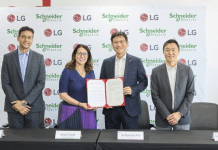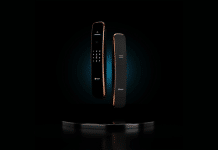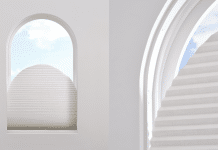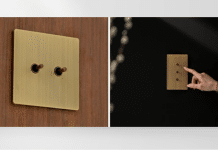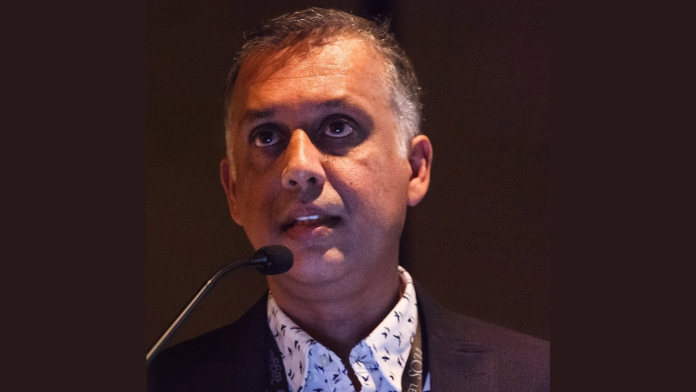
Architect Kapil Surlakar is a visionary in the field of lighting design. With his company, Light@Work, Surlakar is revolutionizing the way we perceive and interact with light in our built environment. From architectural masterpieces to immersive experiential installations, Surlakar’s creations blend artistry with functionality, enhancing spaces and evoking emotions through light. Through this exclusive interview and stunning visuals, Smart Home World, delves into Kapil Surlakar‘s creative process, inspirations, and the philosophy behind his awe-inspiring creations of Light@Work.
Light@Work is one of the most reputed companies in the industry. Can you take our readers through your journey so far?
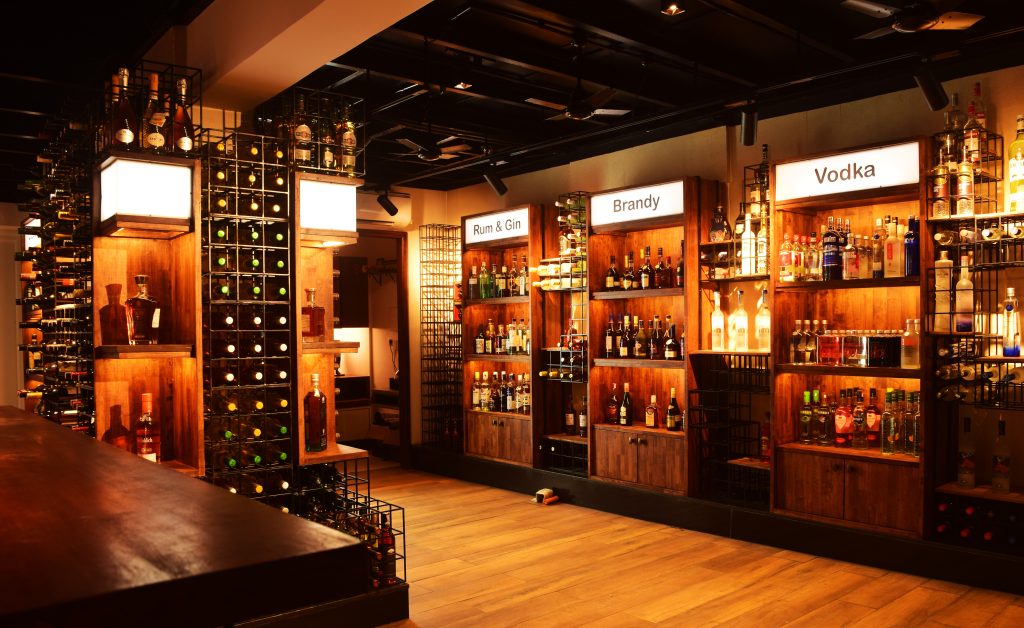
As an architect, my fascination with lighting design and its impact on architectural spaces drove me to seek deeper knowledge in this field. Recognizing the lack of expertise in lighting within our profession and the absence of a shared vocabulary to articulate our design visions, I pursued a Master’s degree in Architectural Lighting Design at Hochschule Wismar in Germany. This marked the beginning of my journey into lighting design.
In India, where awareness about the profession of lighting design was scarce, I saw an opportunity to fill this gap. In 2005, I founded Light@Work in Mumbai, one of the pioneering lighting design practices in the country. Over the years, our team has grown to include architects with specialized training in lighting design, as well as architectural assistants. Together, we are committed to promoting the importance of our profession through a combination of design excellence and ethical principles.
It is essential to distinguish between qualified lighting designers and those who merely claim to be professionals in this field. The presence of unqualified individuals and businesses offering lighting design services undermines the quality of work within the Indian design community. Therefore, both clients and design professionals must exercise caution and discernment when selecting lighting design expertise.
In an era where ethical practices may seem undervalued, we remain steadfast in our commitment to upholding the highest standards of integrity and professionalism. We believe that prioritizing ethics is not just a moral imperative but also a prerequisite for delivering exceptional design solutions that truly enhance the built environment.
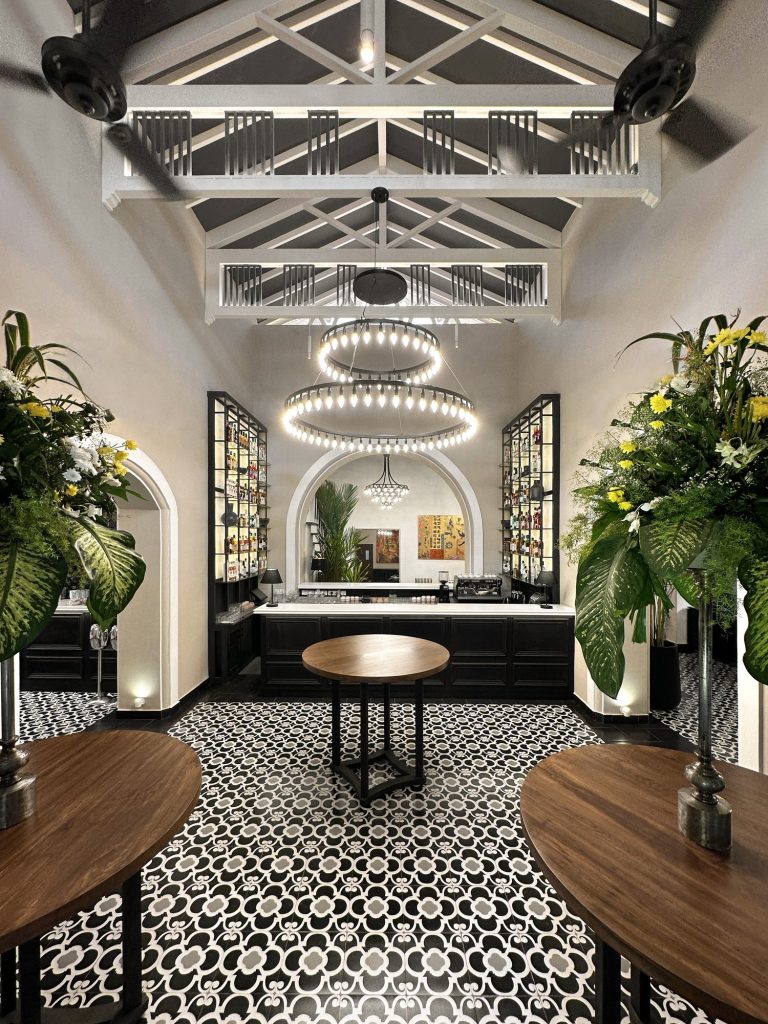
Can you mention some of the landmark projects you worked on, which have been a turning point in your career in terms of experimenting with new lighting techniques/designs or introducing innovative concepts?
I started my journey as a One-man office wherein I was introduced to the under-construction Akshardham Temple Complex in New Delhi. It was a 92 Acre Site. After a few failed attempts with international Lighting design offices, I was accorded the opportunity to make a presentation and was able to garner their trust. I was entrusted with the task of designing the Lighting for the Temple Complex Masterplan as well as Detailing the Important structures for Façade and Interior Lighting. Technical and product support was provided by M/s Light Craft Singapore and M/s Shimera Project Lighting, Mumbai. Manpower support was provided by the BAPS Trust, which was the client. Those were exciting times. I was armed with New Knowledge and a hope and desire to make a mark. A project of such importance and magnitude, with high visibility is a dream start to one’s career. It was divine intervention, that also guided me and gave me the courage to embark on and successfully deliver the project that was applauded Internationally and was Awarded the IESNA Paul Waterbury Award of Excellence in St. Missouri, USA. This was a project resolved with conventional Light sources before the advent of the LED. It was a more creative exercise that applied both Architectural and Lighting design Principles effectively to create the desired installation. We are currently involved with Many projects of that Scale, which include Residential Layouts, Heritage Sites, Commercial Buildings, Infrastructure projects, etc. Some solutions are enabled more effectively by the technology, and we are in the process of Installing Media Facades and Content-based solutions on Infrastructure projects. Today Technology is at the forefront and new conventions are being set. However, our strong belief is that the Design process and input that effectively use the various technologies appropriately, with experiences and knowledge gained over the years, holds the design in good stead instead of blindly adopting technology without relevance and feasibility. We see technology as an enabler but still believe it’s the subject knowledge of the designer that dictates the appropriate use of the same.
As a member of IALD, you have presented many case papers at international summits. What are your views on the importance of Lighting Design in a project?
I am not a member of the IALD. I was a member of PLDA which is now defunct.
Light is an entity, a force, that is directly connected to Human well-being. The very fact that we wake up in the morning is that sunrise suppresses the melatonin secretion into the bloodstream, which leads to awakening. There are other aspects of how light affects the physical health, mental and psychological health of humans and other living organisms. Lighting can be effectively used to emotionally manipulate human response by altering visually induced perceptions. These are the aspects that are very important in facilities that work 24/7 in environments that are completely cut off from natural daylight. It is also a very important tool in Retail and sales.
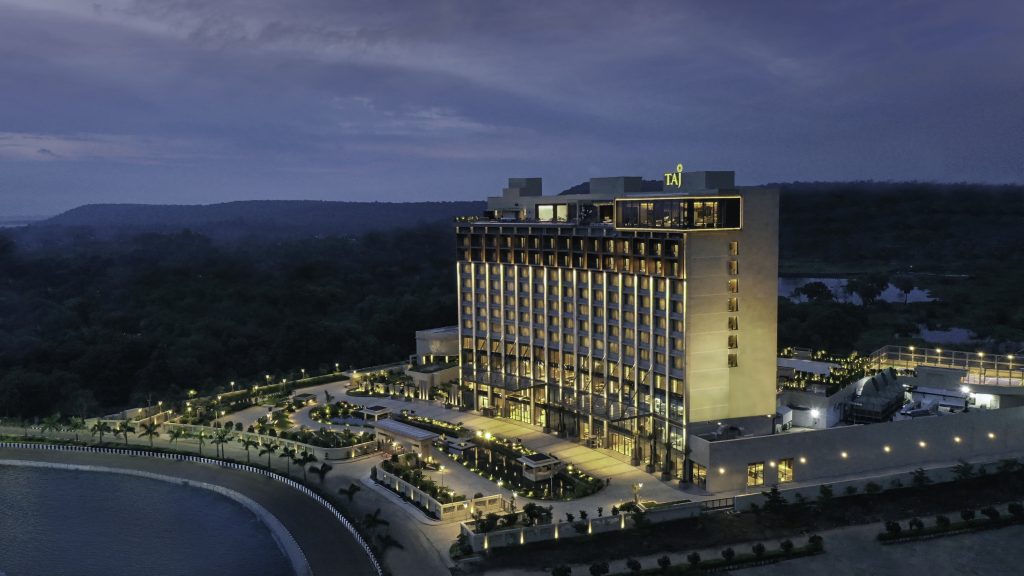
One must evaluate the project based on what one wants to address and achieve out of the situation to benefit the occupants. Today, the talk largely revolves around the efficacy of the Light sources and the basic CCT, and CRI discussions. The most misused word today is “LUX”. Unhindered Proliferation of Technology is further confusing the consumers and making them lose focus on their intended tasks. Technology is great, only if used appropriately, with knowledge.
Lighting is of utmost importance to any project. Unfortunately, a large emphasis today is only on the visual rendition of Architecture, which gets noticed and recognised, similar to the loud `Social Media Influencer, whereas the more scientific aspects of lighting, the non-visual effects, more relevant to Human Health and well-being are not yet being widely recognised and accepted. The amount of light pollution in the urban pockets of India is also responsible for lifestyle changes, leading to disturbed sleep cycles, resulting in serious Health hazards.
A good Lighting design is sometimes such that you enjoy the space without any discomfort and yet do not see anything spectacular.
What is the biggest innovation in the lighting sector? How has it revolutionized the entire industry?
The biggest Innovation that changed the norm was the LED. It brought about a paradigm shift in the way lighting design could be perceived. The LED made the light source compact and easy to conceal. It brought in flexibility and the possibility of various forms. Changed the way it could be addressed and communicated with. It was now intelligent. What was missing in the early generation LED and is being now addressed effectively by most is the quality of light that the LED emits. The spectral quality of light which is the most critical aspect defines the degree of performance of the light source for varying applications.
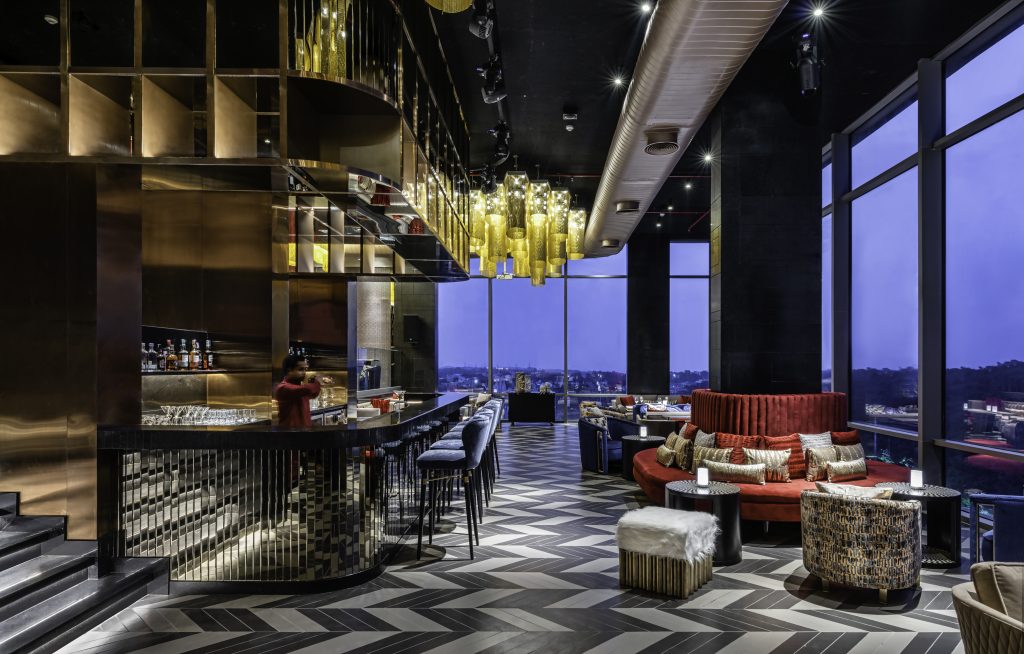
As a Lighting Designer, which lighting control brands do you prefer?
There is a plethora of Lighting Control Systems available. New systems and signal protocols emerge regularly. Systems vary from hard-wired, and hybrid to wireless systems. The developers or manufacturers are indigenous or multinational with varying degrees of capabilities. Every project has a specific requirement, and the control system is ideally selected as per the role it must perform. Some systems offer highly specialised user interfaces, which command the client’s attention and therefore end up being the deciding factor. However, the decision for a control system is evaluated on the scale of the project, the system capabilities, ease of use, sturdiness, User interfaces for aesthetics, the dimming and control protocols and signals used, ability and ease of scaling up or down, as well as a strong deciding factor of the cost of the system.
What are your views on the Smart lighting industry? According to you, in which sector (hospitality, commercial, residential), is traditional lighting getting rapidly replaced by smart lighting?
“Smart Lighting” is a marketing term used to loosely describe the various technologies that have made lighting addressable and responsive within defined parameters. The knowledge of the available technologies and their “smart” application in the design of the lighting system can result in a smart system. Smart lighting technologies allow you to program light sources w.r.t intensity and colour, or to render the installation into static or dynamic modes. It can also be used to get feedback from the system to monitor power consumption and failures, which allows to maintain an effective and efficient system. Applications could be across all sectors; however, the related costs have a better return on larger systems.
How do you foresee the Smart Lighting Industry 5 years down the line in India?
The Potential is huge. However, the knowledge of these systems and their working has to reach the end users, through the right channels, including the consultants and designers who guide them. I experience resistance to the dissemination of knowledge, and this creates impediments to a knowledgeable acceptance and application of these technologies with the confidence they demand. I hope technology and its benefits are conveyed appropriately, unlike some brands that use film stars and celebrities to promote technology, using glamour and with no relation to technology or knowledge.
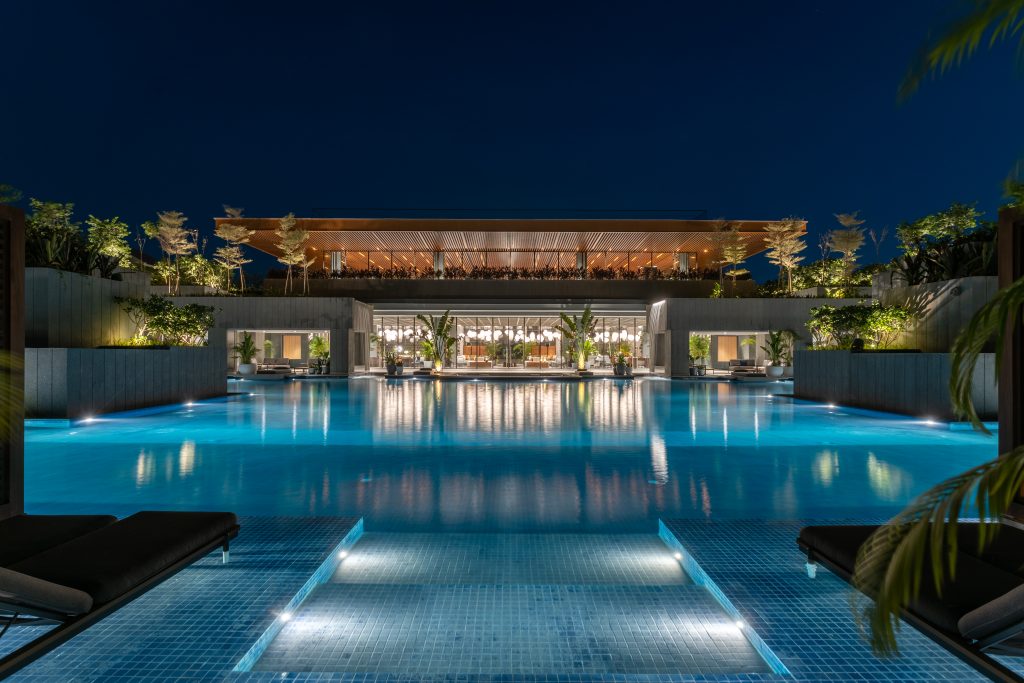
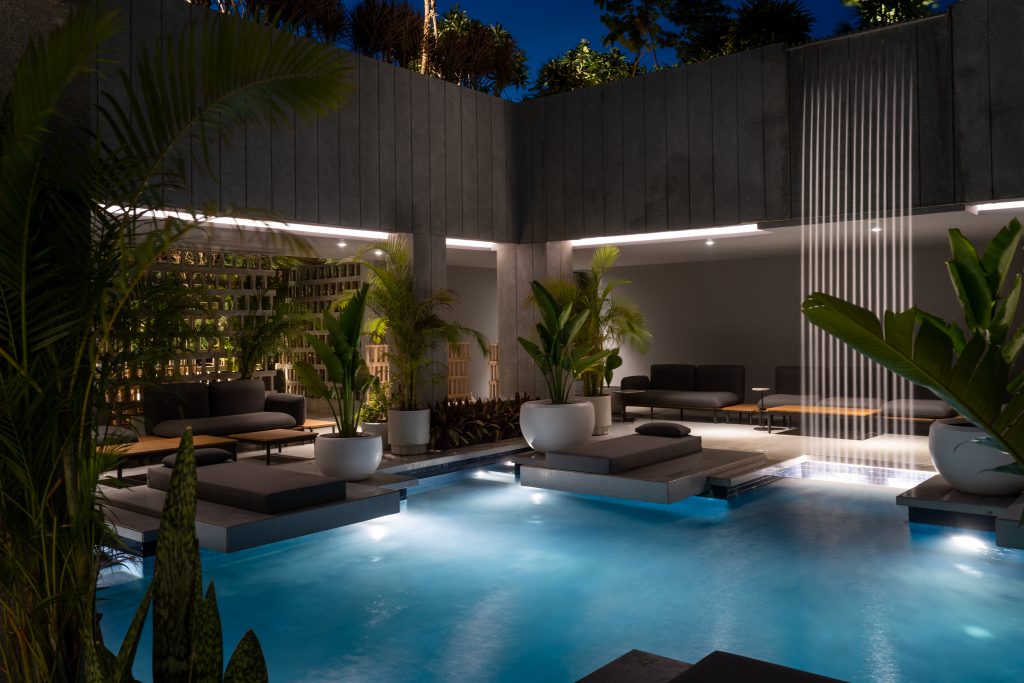
Human Centric Lighting (HCL) is a futuristic trend in the lighting industry with health and mental wellness being the top benefits. What are your views on the same?
Again, HCL is the approach based on the understanding of the non-visual effect of light on humans and on other living organisms. Any educated Lighting Designer would study this as a part of the curriculum. Application is Key. Every design, be it architectural, interior design, or Landscape, in any scale, is designed to meet the needs of humans and end users, Lighting Design should be no different. HCL should be the Fundamental basis of any design and not a Trend. A deeper knowledge and understanding can help to deliver specialized solutions specific to Health and Wellbeing.
As the smart lighting market is fragmented into various segments – such as type, applications, end-users, and distribution channel, how does Light@Work provide the best lighting solutions that suit consumer needs?
Light@Work is a Design Consulting Company, with educated and qualified Lighting Designers. We ideate, conceptualise, and resolve the Lighting design for any project collaboratively, aligning with the goals of the project, client, and other Lead Consultant/s to achieve the end goal. Light@Work defines the Lighting strategy and the appropriate technology, detailed specifications, and resources. All this is done within the financial framework set by the client. Where the financial boundaries and technological aspirations do not align, we ensure that the same is informed to the client in a transparent manner, enabling him to decide to increase the budgets or curtail the aspirations. All in all, communication with well-defined solutions, options and cost implications is Key to getting a client decision and progress towards the desired outcome.
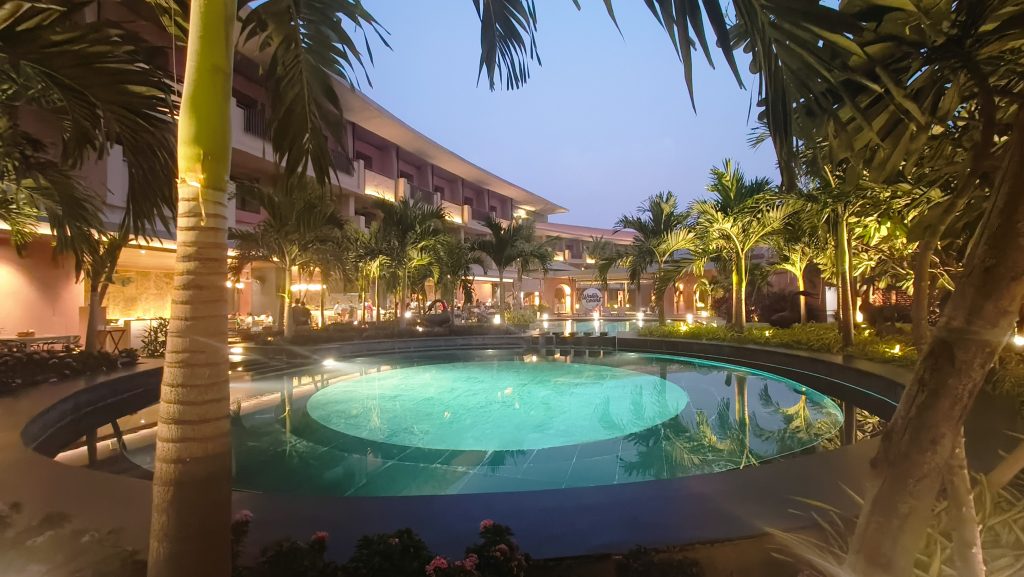
Tell us about the user experience with IoT and AI automation systems as the future of Smart Lighting.
IoT or Internet of Things refers to a system of communication between various devices in the system with the help of sensors and actuators which helps in addressing and monitoring any system remotely or through a control user interface, wired or unwired, through cloud computing. These are largely system management tools that allow the monitoring and efficient use of resources deployed. This however does not help to achieve the right ambient lighting unless the core lighting basics are adhered to. This, therefore, can truly be termed as a smart Lighting system design, and not smart Lighting.
Your views on LED revolution and lighting control. What are the latest trends in Lighting Systems and lighting controls?
The LED is ever-evolving, and we are now able to discern and achieve LED sources with high spectral performances. The continued development in the LED source is encouraging for a good visual quality of light. As for the Lighting Control systems, the new trends are moving towards scalability and wireless communication protocols, largely applicable in large facilities or urban-scale lighting projects.
How important is collaboration with a system integrator while doing a lighting project?
A system integrator essentially is a technician who has the knowledge of the various components of a designed system, not essentially from a single manufacturer. It is ideally his duty to test and guide on the compatibility of the various components of any system or provide suggestions for suitable alternatives for compatibility. It is with this feedback that the designer can streamline the system design. The Integrator then has to ensure that the system is made operational as desired and responds to the signals in a way it has been designed to function. A knowledgeable system Integrator is a Key collaborator in a lighting project that relies on any form of automation.
What is your future vision for your Company?
The future for Light@Work is to continue doing creative and meaningful work that is in line with our company motto, “Ethical Design Excellence”. We are developing partnerships and exploring design solutions with the new technologies and hope to expand our geographical reach beyond what it currently is. We want to grow without compromising on the Ethical practices for business.
Click here to read full February issue – https://www.smarthomeworld.in/magazine-february2024/




